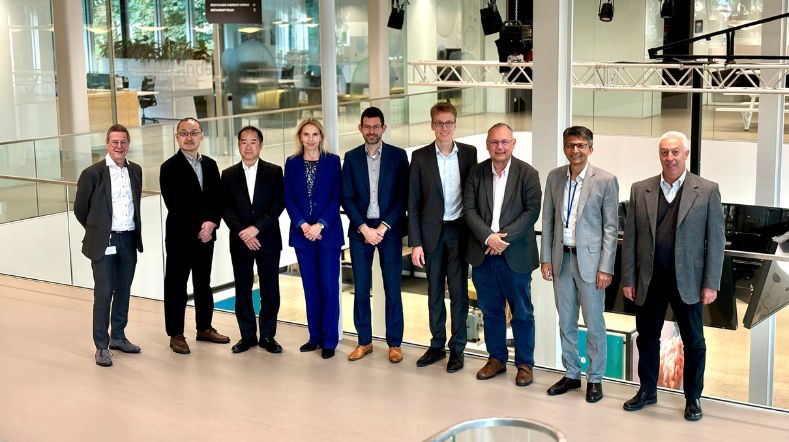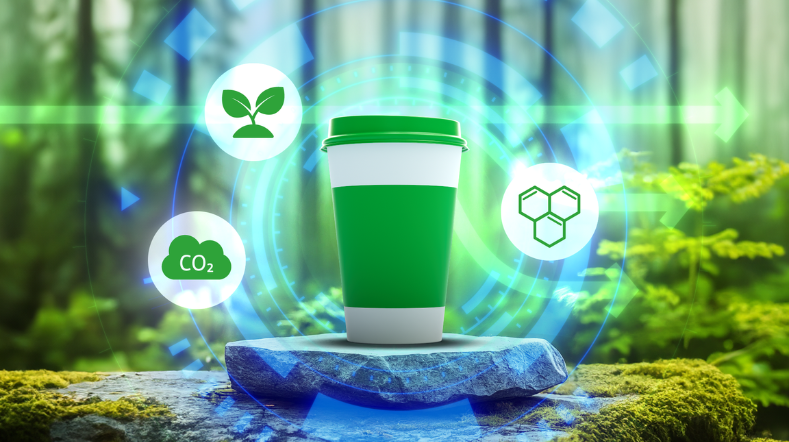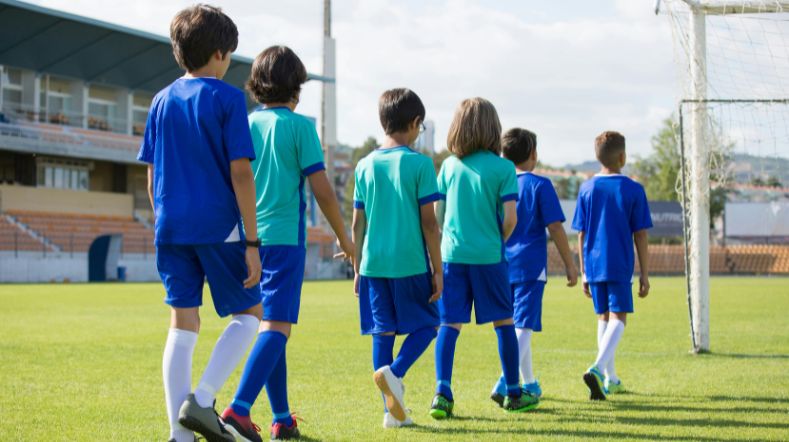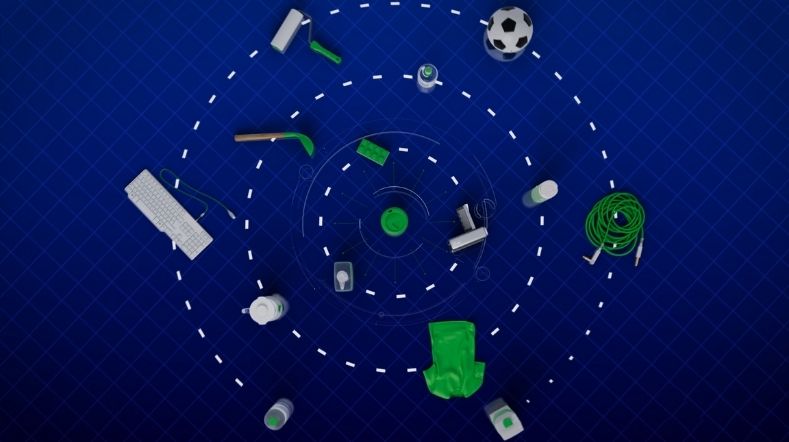Why reducing microplastics is essential and achievable
Microplastics are increasingly found in the environment worldwide, and even in the human body. These minuscule particles originate from packaging or car tyres, for example, and spread through the air, water and soil. The quantity of plastics is increasing rapidly, and with it the quantity of microplastics. We must intervene in order to avert unknown future problems, including risks to health. Our experts have calculated how we can achieve a 70% reduction in the quantity of microplastics by 2050.
70% reduction in microplastics is possible
We’ve conducted extensive research on microplastics in the Netherlands and potential measures to reduce the quantity of such plastic particles.
This shows that a reduction in microplastics of around 70% by 2050 is achievable through the maximum deployment of 17 mitigation strategies. The 17 measures are grouped into 9 categories (see below).

The 17 measures against microplastics are examples of realistic, potentially effective mitigation strategies, grouped into the following 9 categories:
- Policy and regulations
- Waste management and infrastructure
- Behaviour
- Clean-up and tidying campaigns
- Choice of materials for textiles and packaging
- Product design for packaging and car tyres
- Process design for recycling
- Separation technology for microplastics
- R strategies: refuse and reduce
The remaining 30% of microplastics are present in various environmental compartments, made up of plastic products that break down slowly in the environment.
Top 5 measures for reducing microplastics
Of the 17 measures studied, 5 appear to have the greatest impact in reducing the formation of microplastics. These are:
Deposit systems help reduce litter. For example, in the Netherlands the recent introduction of deposits on small plastic bottles has led to a reduction of as much as 70% of such bottles in litter. There still remains a significant amount of litter. Public authorities, businesses, private individuals, and NGOs can reduce this by taking action to launch and support all kinds of initiatives for clearing up litter.
Industry can contribute by opting for the right materials and concepts that are less likely to form microplastics. Some types of plastic are more prone to forming microplastics and creating smaller particles.
Wondering how the industry is already working on this? In our Table Talk Microplastics and Packaging, we spoke to Roger Loop, director of NRK Packaging, about the opportunities for the industry to prevent microplastics through packaging.
Abrasion of car tyres is the greatest source of microplastics (35%). Using better car tyres and trapping rubber particles are of great value in reducing microplastics.
Increasing amounts of plastic are being recycled. Recycling (specifically chopping and washing) is responsible for creating and releasing microplastics, which enter the environment through the air and water. If we aren’t careful, this could therefore be a potential source of microplastics.
Using less plastic by practising ‘Refuse’ and ‘Reduce’. A more widespread rollout of a concept such as packaging-free products would significantly reduce plastic consumption, resulting in less microplastics formation and exposure.
Download the white paper
Microplastics are everywhere: a 70% reduction is achievable. Read about the measures that will result in a maximum 70% reduction in microplastics by 2050.
Microplastics: prevention is better than cure
It has only recently become known that microplastics can penetrate deep into the human body (see World Health Organization report). The health risks of microplastics are still largely unclear, but studies increasingly indicate that they’re potentially dangerous.
Meanwhile, the production of plastics is showing huge growth, and it’s estimated that by 2050, plastics use will have increased fourfold. This growth is increasing the potential risks of microplastics for humans and the environment. To avert future problems, action is needed now to minimise exposure to microplastics.
The dark side of plastics
In spite of the bad reputation that plastic sometimes suffers from, its mass use since the 1950s has led in many ways to sustainability and improved well-being and prosperity.
But the properties that make plastic so durable also have a dark side. Plastic decays very little – or not at all – but over the long term, it does break down into minuscule particles. These are microplastics: pieces of plastic that are so light and tiny that they spread into every corner of our living environment.

TNO’s microplastics model
An understanding of the entire life cycle of plastics – their production, use, and end-of-life phase – has been lacking until now. We’ve therefore designed a model that brings together research into the formation and spread of microplastics, and potential countermeasures: TNO’s microplastics model.
The aim of the model is to give direction to policy. Results show that adopting the right measures may result in a significant reduction in microplastics.
Working together to reduce microplastics
If industry, government bodies, consumers, knowledge institutions, and NGOs combine their activities, it will be possible to achieve a 37% reduction in microplastics by as early as 2030. This reduction could be 70% by 2050, even if plastics consumption increases.
Are you wondering how your policy could contribute to these efforts? Or are you curious as to which measures can contribute most to achieving your business objectives?
We’re happy to help you work out the best strategy. To this end, please contact our expert Sieger Henke.
Get inspired
Collaboration for sustainability: better results through joint innovation


Webinar: Biobased plastics in a sustainable future
Biobased plastics


The challenge of choosing between sustainable materials for textiles


23 questions about biobased plastics in a sustainable society






